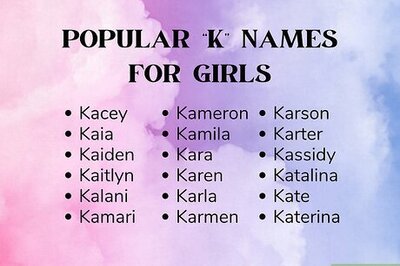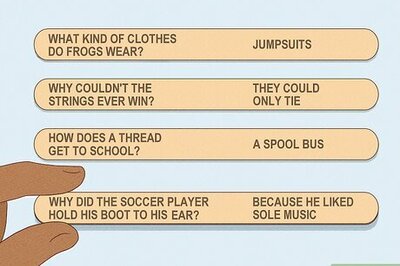
views
CHENNAI: At a recent concert - a Jugal Bandhi of Carnatic and Hindustani, both the genre of music considered the ‘Bharat Munis’ Natya Sastra as the basic text. Surprisingly, it also refers to the common text - ‘Sangeetha Ratnakara’, which is the origin of their system of music Usually, the Hindustani music is informal and free wheeling, as there is no grammar and no logical classification of ragas. However, the strength of the Hindustani music is the stress on voice culture and melody and the total alignment with sruthi. The main differences between these two genres of music is that in Carnatic music, there is a tendency for strict adherence to rigid mathematical structure. It follows a correct sequence of notes, according to 72 melakartha ragas, whereas, in Hindustani, there is free expressions of the total vision of the raga. The tradition here is carried through practice. However, Hindusthani music is more receptive towards expansion and innovation in the absence of scale systems. Also, the congruity is well established in Carnatic rendition, when vocal and instrumental music, are performed together.Earlier, most Carnatic musicians considered ragas as God and they presented the ragas dedicating to God. But today, the musicians are not aware of the bedams in their exposition. They have rational beliefs in such expositions.For instance, in a recent programme, a leading vocalist performed Hindustani and Carnatic vocal music in succession although the concert was neither truly Hindustani nor Carnatic. The tone of either style got impregnated in the delivery. It felt like the musician assured the audience a safe journey to New Delhi, but left them in the lurch at Itarsi. The important points in rendering any genre of music include perfect tonal beauty, nuances as well as rhythmic discipline and artistry, all being essential ingredients of good music. Combining these elements in varying degrees depend upon one’s ingenuity, imagination and versatility.



















Comments
0 comment